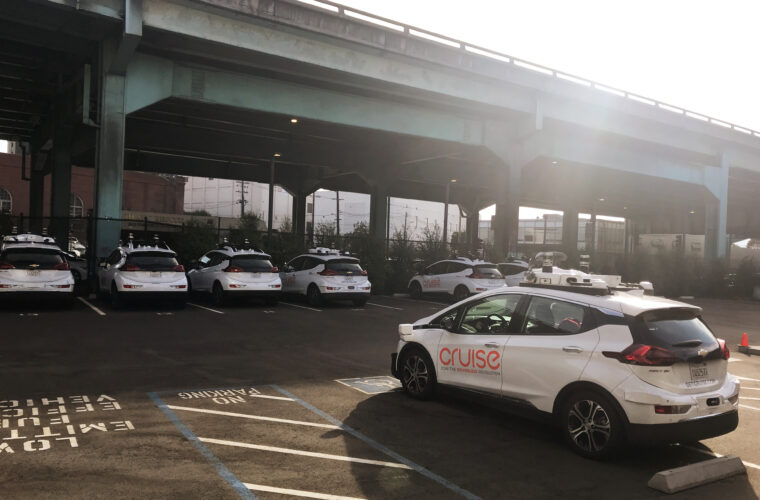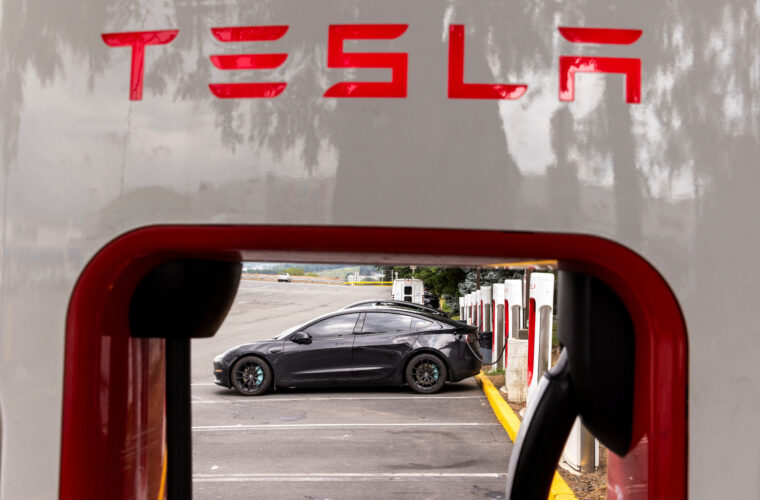Not long ago, autonomous vehicles (AVs) were a thing from sci-fi movies. But the rapid development of technology and revolutionary progress in the modern-day world has changed that. The concept of the self-driving car is no longer a product of fiction, but a work of reality.
However, the new digitized vehicles need an enhanced manufacturing process, extensive supply chain, and infrastructure that’s prepared specifically for them. In addition, the consumers, manufacturers, and global infrastructure will determine the future of AVs populating urban streets.
What are Autonomous Vehicles?
Autonomous vehicles or self-driving cars are a form of a robotic car capable of sensing and perceiving the surrounding environment with a variety of different sensors. Technology like radar, LIDAR, sonar, GPS, odometry, and inertial measurement units are used. The vehicles also have advanced control systems to interpret sensory information in order to react properly and navigate through different paths and obstacles. These cars require little to no human input.
Autonomous vehicles come with different levels of autonomy that are defined by the International Society of Automotive Engineers:
• Level zero has no automation and are conventional vehicles that require a driver at all times.
• Level one has driver assistance and includes commonly available technology such as cruise control and parking assist.
• Level two has partial automation and includes Tesla’s autopilot, where the car can take over the pedals and the wheel at the same time.
• Level three has conditional automation and require human drivers just as a backup for an autonomous system that operates under certain conditions.
• Level four has high automation and includes vehicles like Google/Waymo test cars that can be driven by a human but can also function properly without a human driver. Level four autonomous vehicles can safely park itself and navigate completely on its own.
• Level five has full automation and requires no human driver input whatsoever. These vehicles do not need a steering wheel.
Autonomous vehicle types include private passenger vehicles, buses, shuttle buses, light rail, aerial, and sidewalk drones. Like all new technology, autonomous vehicles come with a variety of benefits and negative impacts.
Positive and negative aspects of AVs
As self-driving cars are becoming a reality, people have expressed more interest in the technology. And while AVs are covered in numerous public debates, it is still difficult to predict all of the positive and negative outcomes of this technology.
Experts so far agree that the potential benefits of autonomous vehicles are fewer traffic deaths and injuries that are caused by driver error. Additionally, it will lead to more efficient vehicle movement, increased mobility for people with disabilities, seniors, and children, and there will be less land area needed for parking spaces.
However, increased usage of AVs may lead to negative health impacts. If AVs successfully transition to personal use, people may walk less. Furthermore, it will lead to job losses as there will be no need for the bus, truck, or car drivers. And as with all new technology, there is a big concern regarding privacy, data security, and personal safety.
Autonomous vehicles will undoubtedly change our cities and regions, but there are still numerous questions left unanswered. In addition, autonomous driving will never take off without the right infrastructure.
What kind of infrastructure is needed?
KPMG International has created the Autonomous Vehicles Readiness Index for assessing countries’ openness and preparedness for self-driving cars. Among the key criteria are policy and legislation, technology and innovation, consumer acceptance, and infrastructure.
The unstoppable progress of the automotive industry has an increasing effect on infrastructure, and it is becoming more and more apparent. Authorities and independent developers have thus agreed to make updates to infrastructure as an essential part of the current wave of urban transformation. First and foremost, autonomous vehicles require excellent roads and harmonized regulations. There are special standards required for the construction and renovation of roads. On-road telematics, lanes, signage, crash barriers, sidewalks, and curbs need to become smarter. Unfortunately, all of this is very expensive, and governments are still reluctant to make a big move.
The following infrastructural changes are a must if autonomous vehicles are to become a part of our everyday lives:
• Roadside sensors: City planners should include roadside sensors on lanes, curbs, and sidewalks when designing new roads. These sensors will allow autonomous vehicles to foresee dangerous and unexpected situations far ahead and react appropriately.
• Machine-readable signs: The technology implemented in AVs use an image recognition approach when reading road signs. If autonomous vehicles are to become our future, signs will have to be embedded with machine-readable code, which will be transmitted or broadcasted. This code will be invisible to humans, but detectable by computers.
• Lane markings: The automotive industry is already making more sophisticated sensors and maps, but poor road markings are stopping the full implementation of self-driving cars. The technology requires machine-readable and radar-reflective lane markings that will be clearly detectable even at night and poor weather.
• Support facilities: Autonomous vehicles will require equipped and well-managed support facilities to service and charge AVs. To avoid congestion, AVs will need a location where they can idle when picking up or discharging passengers. Experts predict that autonomous vehicles will accelerate the shift to electric vehicles. This requires additional investment and maintenance of electric charging stations on public roadways. All of these facilities need the thoughtful placement to avoid disrupting the urban environment and damaging traffic and civic life.
• Mobility hubs: For AVs to flourish, customers must be able to transfer seamlessly between their destinations. Transportation from point A to point B has to be reliable and without delays. To improve this, authorities need to invest in mobility hubs where passengers can share transportation if they are going in the same direction. These hubs will also have micromobility transportation services such as electric scooters or bikes.
According to the American Planning Association, governments and companies have to start preparing communities and cities for the inevitable arrival of autonomous vehicles. In their extensive report, they give comprehensive plan standards for sustaining places and AVs. This includes:
• Livable Built Environment: Provide complete streets serving multiple functions;
• Harmony with Nature: Enact policies to reduce carbon footprints;
• Resilient Economy: Plan for transportation access to employment centers;
• Interwoven Equity: Provide accessible, quality public services and facilities to minority and low-income populations;
• Healthy Community: Plan for increased public safety through the reduction of crime and injuries;
• Responsible Regionalism: Promote regional cooperation and sharing of resources;
• Authentic Participation: Develop alternative scenarios of the future;
• Accountable Implementation: Establish implementation indicators, benchmarks, and targets;
• Consistent Content: Assess strengths, weaknesses, opportunities, and threats;
• Coordinated Characteristics: Be innovative in the plan’s approach.



